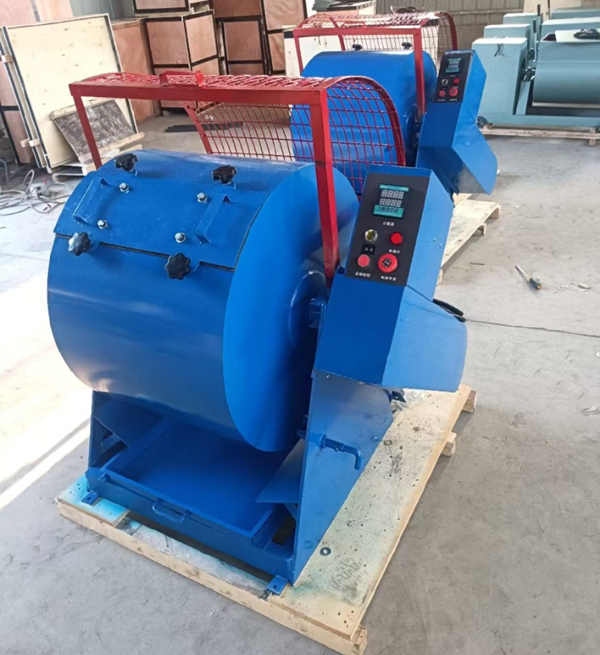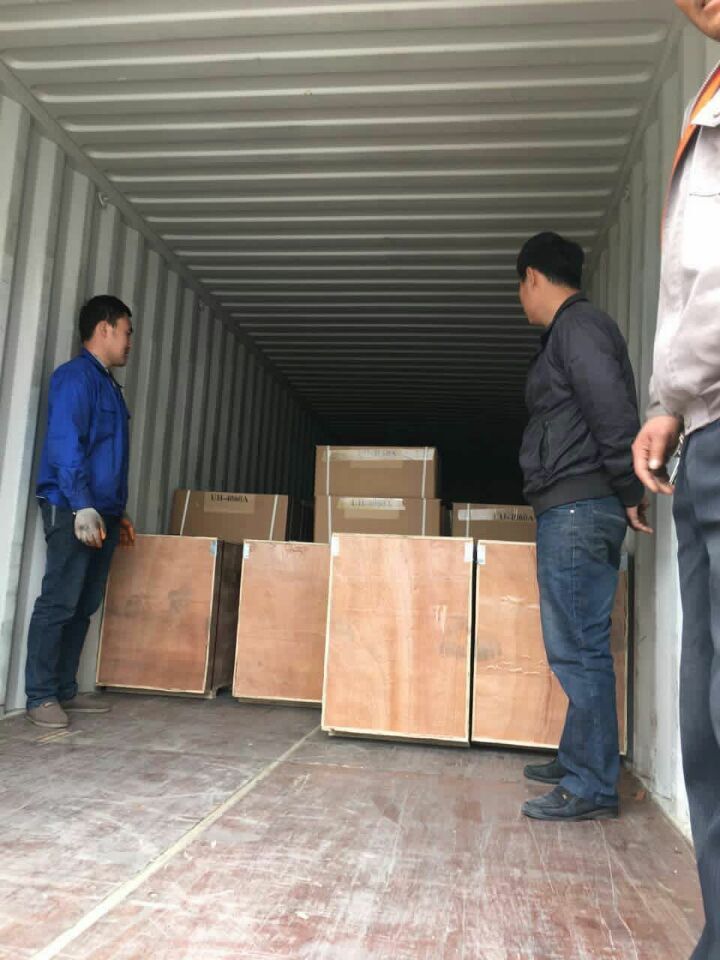New Standard Los Angeles Abrasion Tester
New Standard Los Angeles Abrasion Tester
Learn about Los Angeles Wear Tester
The Los Angeles Abrasion Tester is a key piece of equipment in the construction and materials testing industry. It is used to evaluate the hardness and durability of aggregates, which are an integral component in the production of concrete and asphalt. The test measures the resistance of aggregate materials to wear and degradation, thus providing a valuable reference for their performance in a variety of applications.
The testing process involves placing a sample of aggregate into a rotating drum along with a specified number of steel balls. As the drum rotates, the aggregate is subjected to impact and abrasion, simulating conditions it may encounter in actual working conditions. After a predetermined number of rotations, the material is removed and the amount of abrasion is assessed by measuring the percentage of mass loss. This data helps engineers and construction professionals determine if the aggregate is suitable for a specific project.
One of the main advantages of the Los Angeles Abrasion Tester is its ability to provide standardized results, which is essential for building quality control and assurance. These results help select the right materials for different environmental conditions, ensuring that the building structure will last. In addition, the test is relatively simple and can be performed in a laboratory environment, so it can be used by many organizations.
All in all, the Los Angeles Abrasion Tester plays a vital role in the evaluation of aggregate materials. By evaluating their durability and resistance to wear, it helps ensure that construction projects are built on a solid foundation. As the demand for high-quality materials continues to grow, the importance of the Los Angeles Abrasion Tester in the industry cannot be overstated. Its ability to provide reliable data is essential to the successful completion of construction projects, ultimately helping to safeguard the safety and longevity of infrastructure.
Main Technical Parameters:
1. Inner diameter of the cylinder × Inner diameter: (711 ± 5) mm × (508 ± 5) mm
Wall thickness: (12 ± 0.5) mm
Feeding port diameter: (150 ± 3) mm
Partition: (Size: (89 ± 2) mm, Thickness: (25 ± 1) mm)
2. Motor power: 1.5 KW, Rotation speed: 30 – 33 r/min
3. Revolution counter for automatic recording (automatically displays the number of cylinder rotations)
4. Steel balls: Φ45.6 mm – Φ47.6 mm, Mass: 390 – 445 g


















